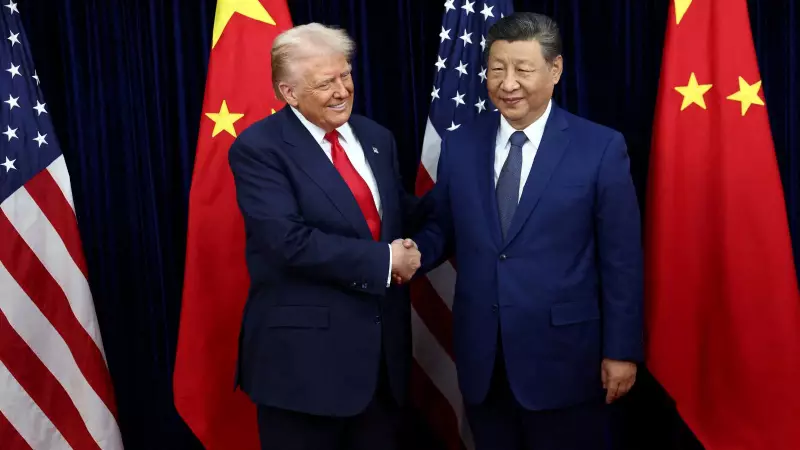
The recent G20 summit in Osaka witnessed what many are calling a 'temporary truce' in the escalating trade war between the United States and China. While Presidents Trump and Xi agreed to pause new tariffs and resume negotiations, the underlying geopolitical rivalry remains unchanged. This development creates both significant opportunities and complex challenges for India's economic trajectory.
The New Global Trade Calculus
With the world's two largest economies locked in a protracted trade conflict, global supply chains are undergoing massive realignment. Many multinational corporations are actively seeking alternatives to Chinese manufacturing, creating a potential opening for India to position itself as the next global manufacturing hub. However, this window of opportunity may be narrower than it appears.
India's Strategic Position
India finds itself at a critical juncture. The country must navigate carefully between maintaining its strategic autonomy and leveraging economic opportunities. The temporary nature of the US-China truce means India cannot afford complacency in its economic planning.
Key considerations for Indian policymakers include:
- Accelerating domestic manufacturing capabilities through initiatives like Make in India
- Developing competitive export infrastructure to capture shifting global supply chains
- Balancing relationships with both Washington and Beijing while protecting national interests
- Addressing domestic economic challenges that could hinder India's ability to capitalize on global opportunities
Opportunities on the Horizon
The trade war pause creates immediate opportunities for Indian exporters in sectors where Chinese products face American tariffs. Industries such as electronics components, chemicals, and certain manufactured goods could see increased demand from US buyers seeking alternative sources.
Additionally, India could benefit from increased foreign direct investment as companies look to diversify their manufacturing bases away from China. The recent corporate tax cuts and ongoing efforts to improve ease of doing business could make India more attractive to these investors.
Challenges and Considerations
Despite the apparent opportunities, significant challenges remain. India's export infrastructure still lags behind competitors like Vietnam and Mexico, both of which have been quicker to capture trade diverted from China.
Furthermore, the temporary nature of the truce means that any strategic decisions made by India must account for the possibility of renewed US-China trade tensions. The country cannot afford to make long-term bets based on short-term developments.
The Road Ahead
As the US and China continue their complex dance of competition and cooperation, India must focus on strengthening its domestic economic fundamentals. The country's ability to benefit from global trade realignments will depend largely on how quickly it can address internal constraints and build competitive advantages in key sectors.
The current pause in the trade war should be seen not as a permanent solution, but as a breathing space that India can use to refine its economic strategy and position itself for long-term growth in an increasingly uncertain global trade environment.





